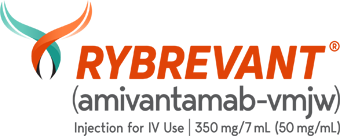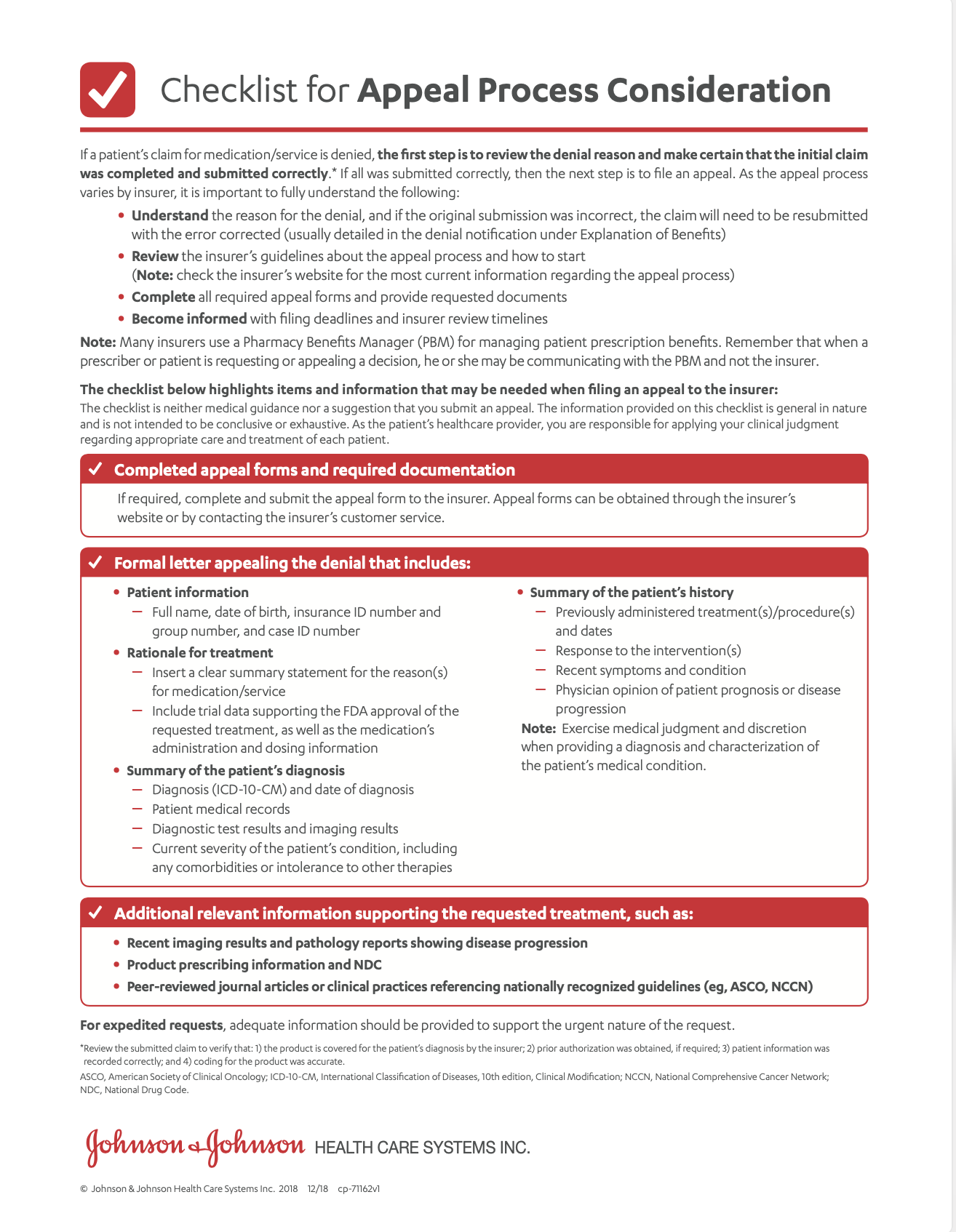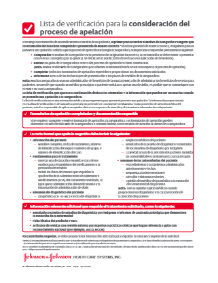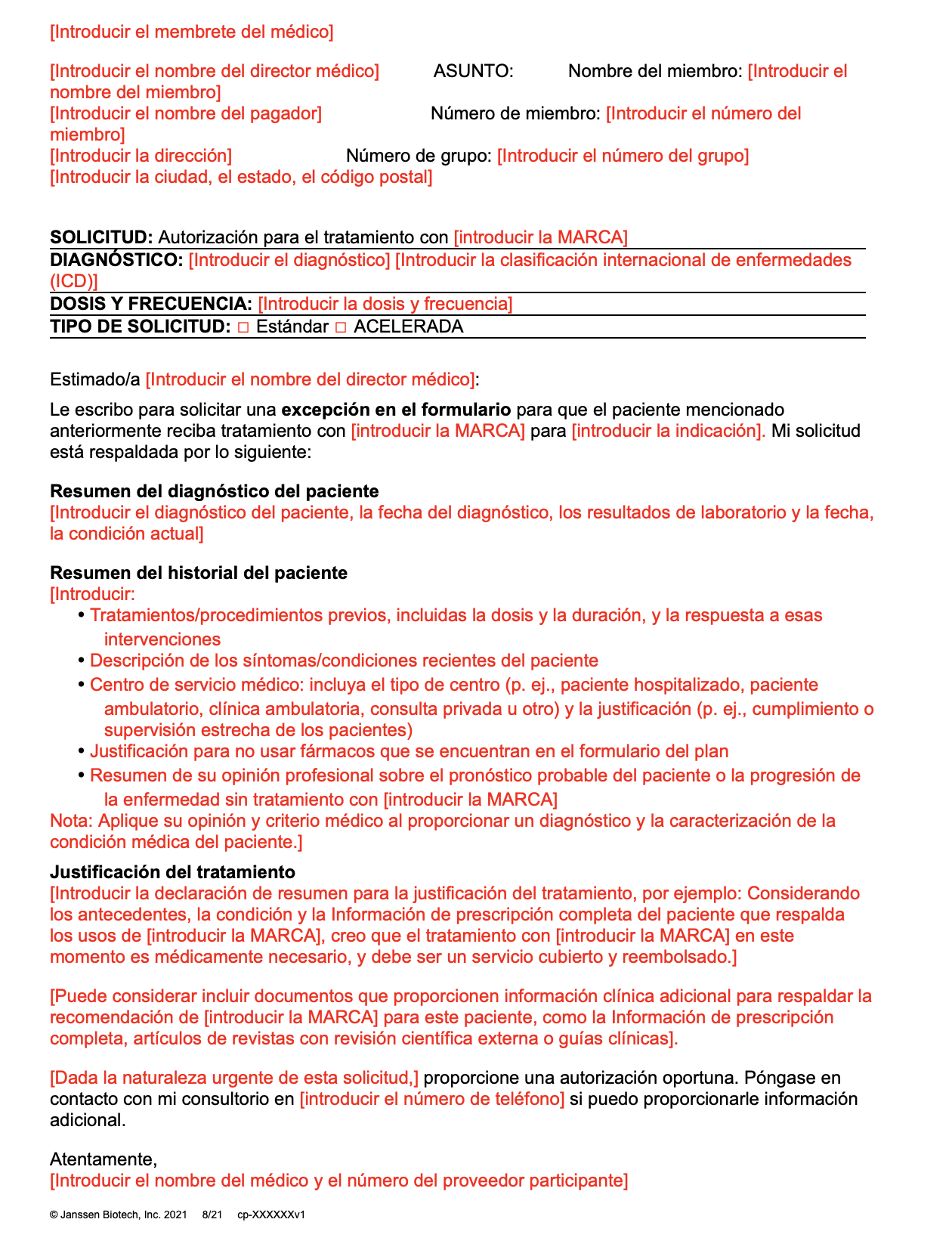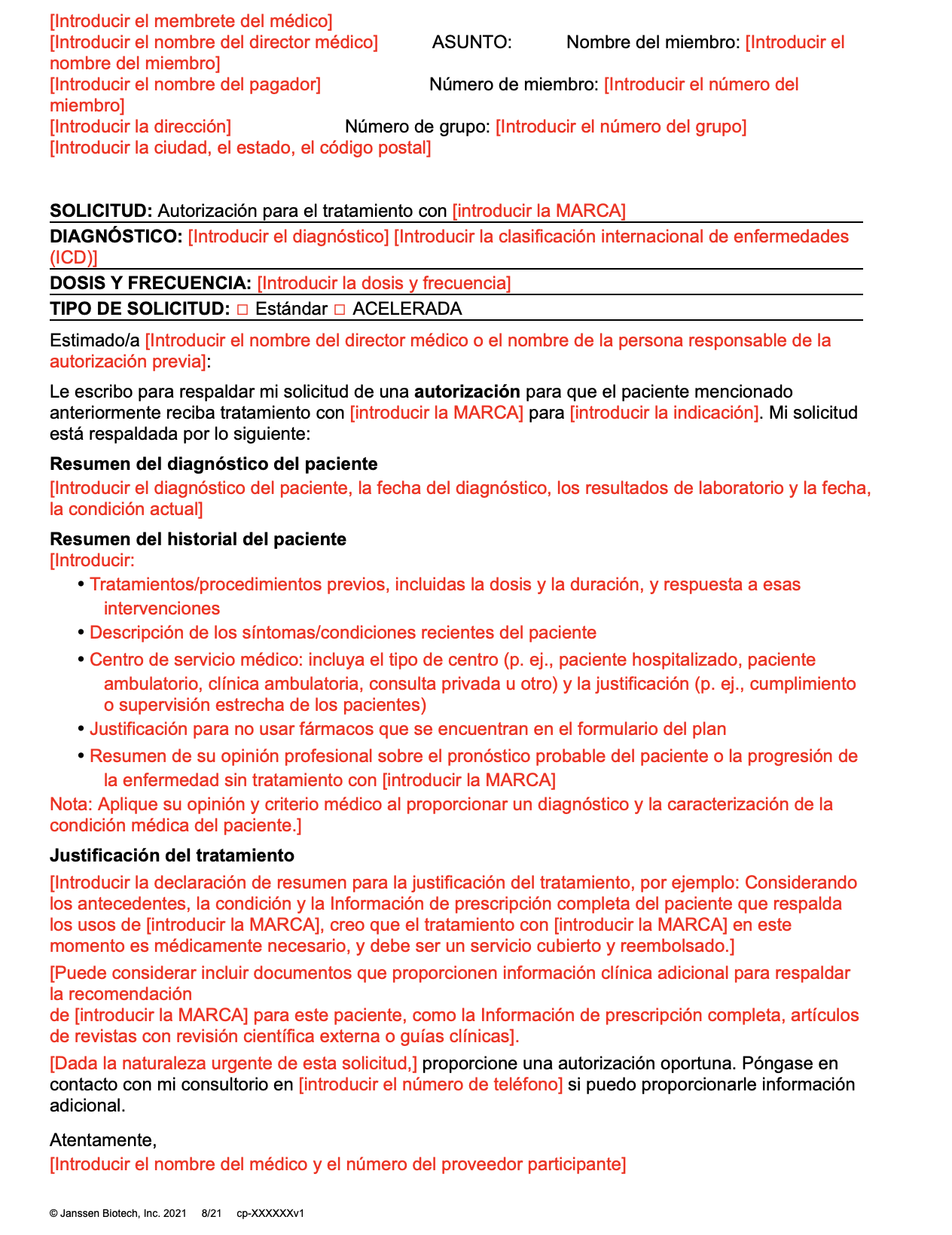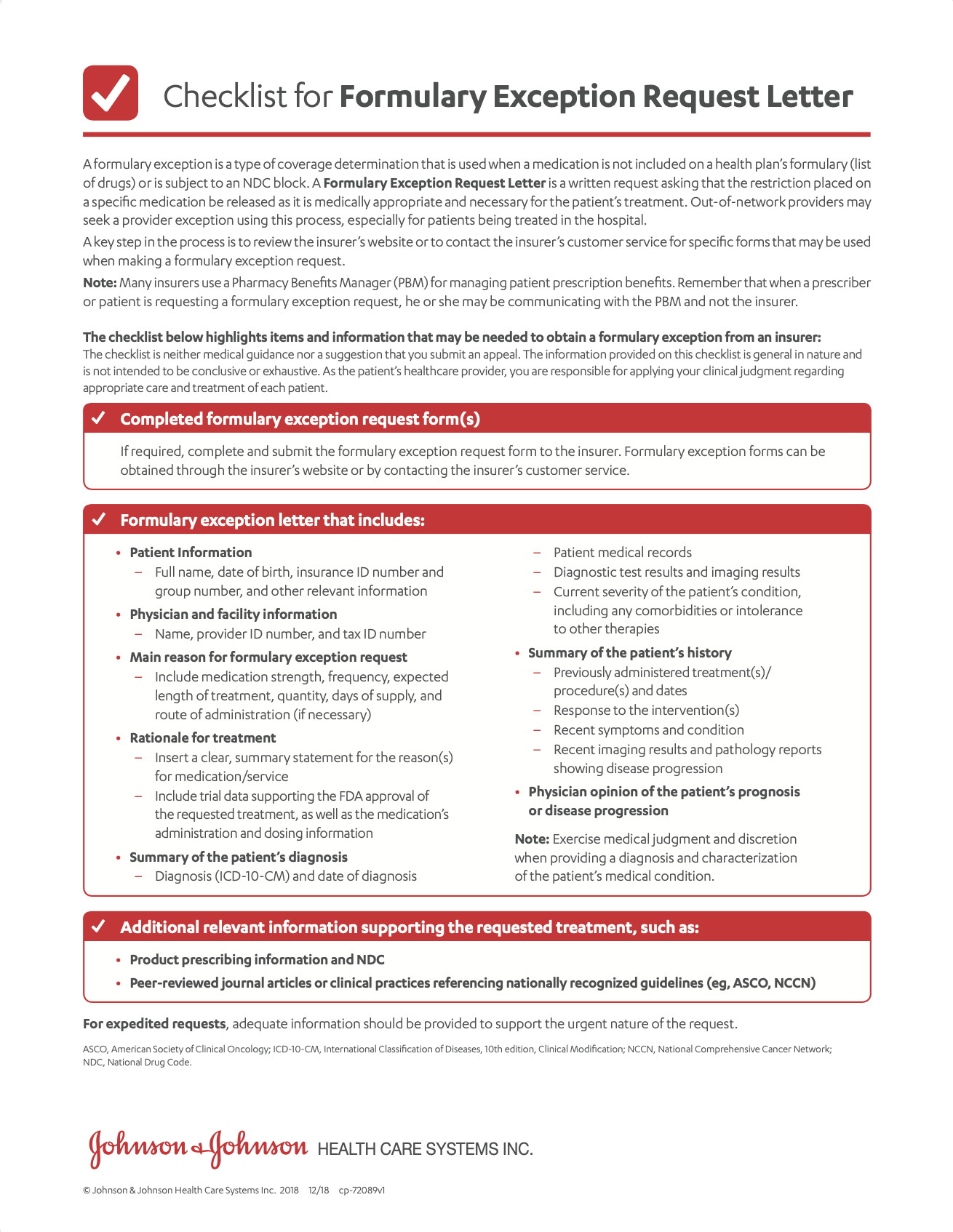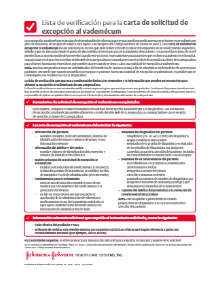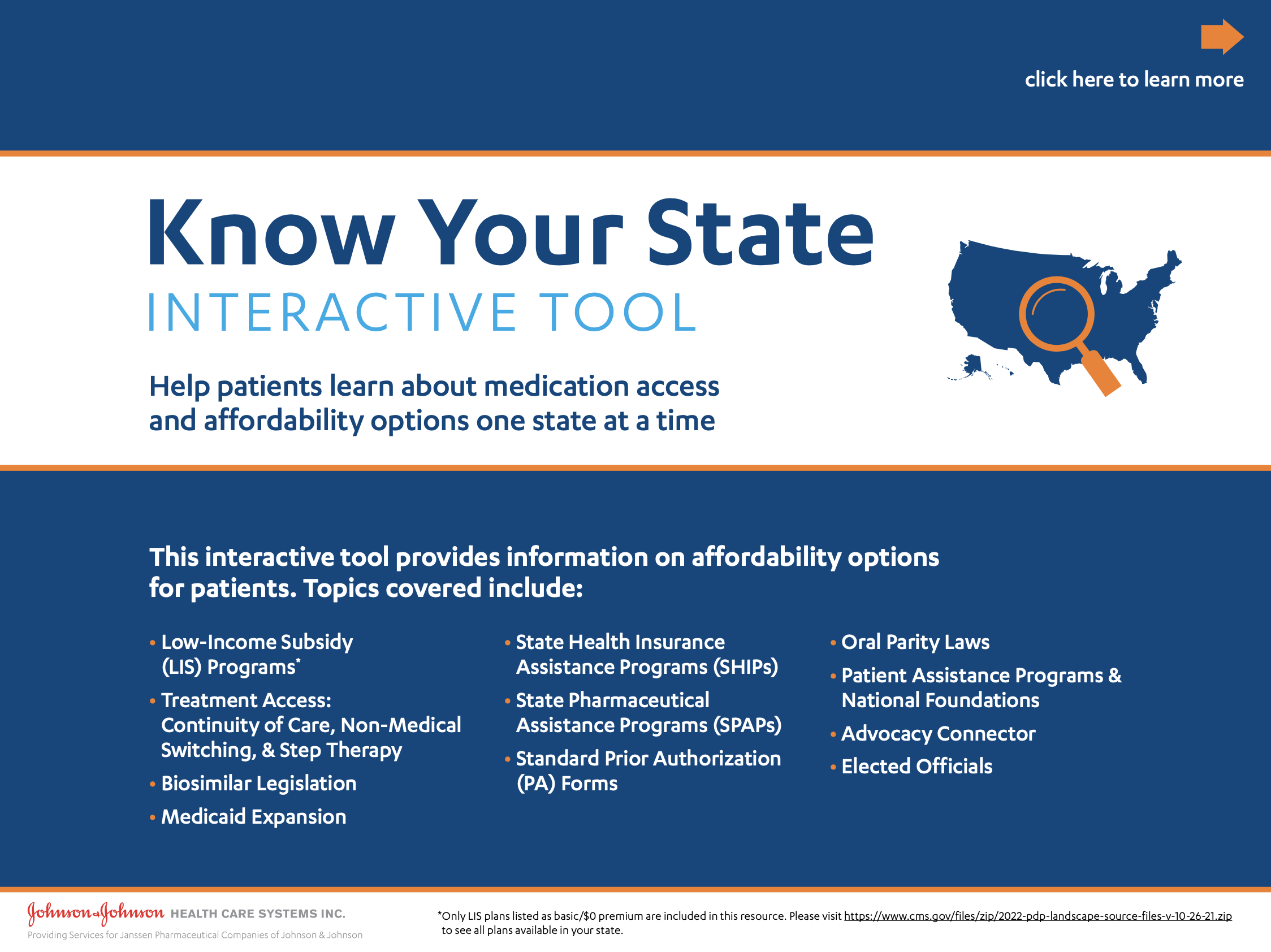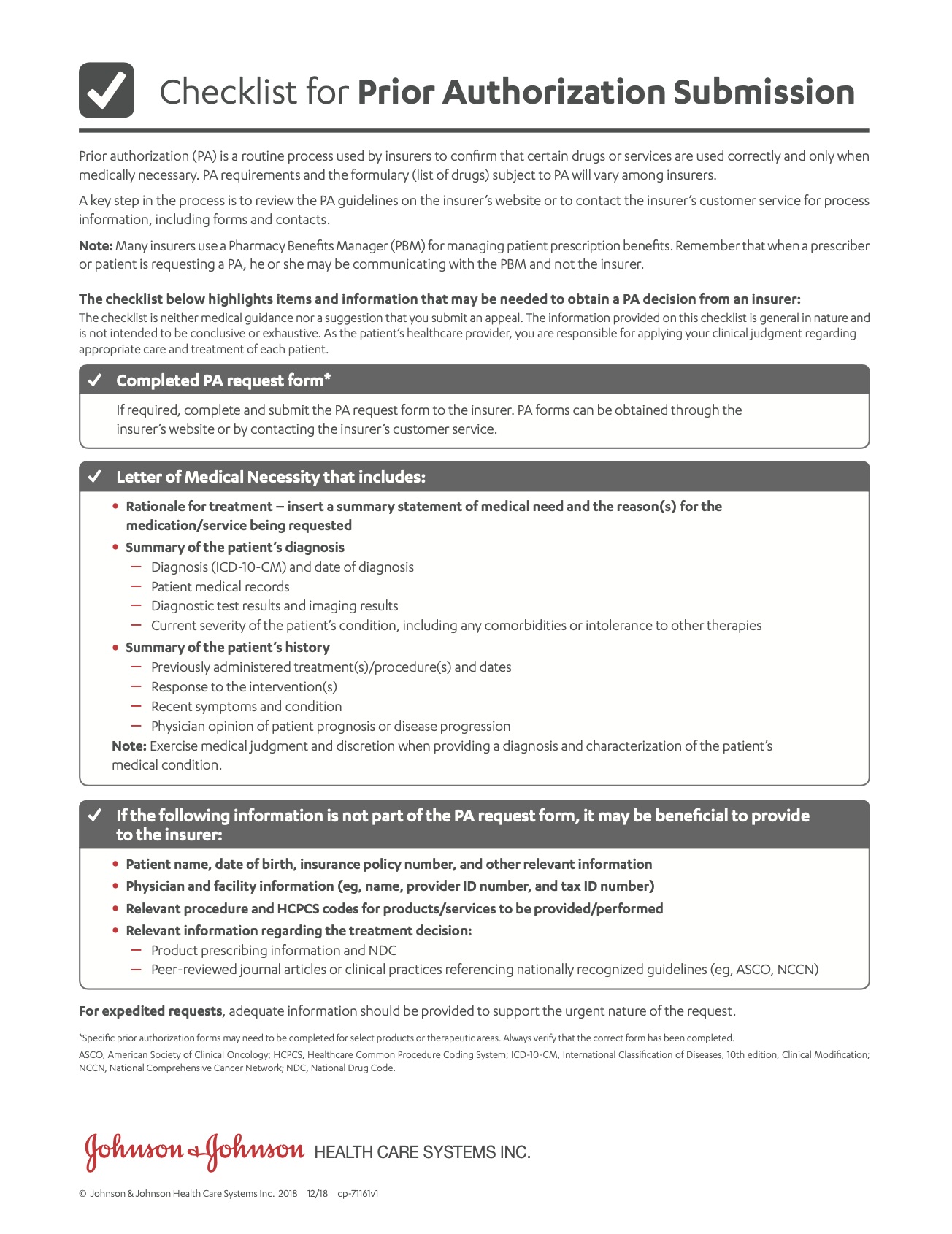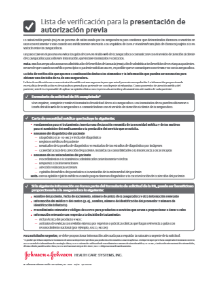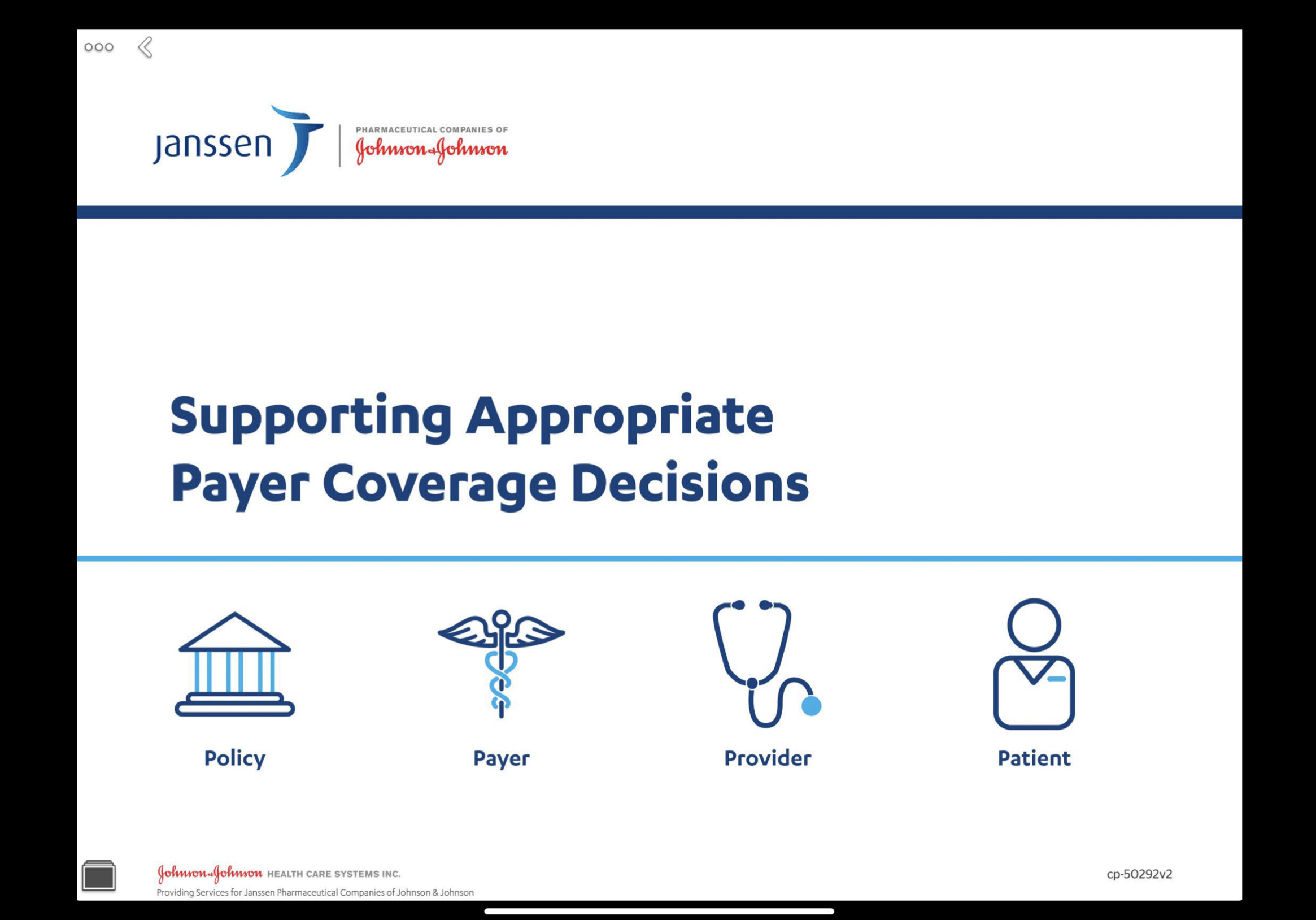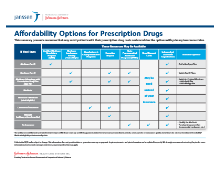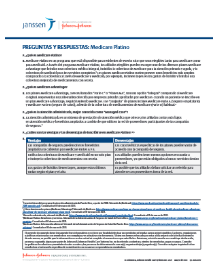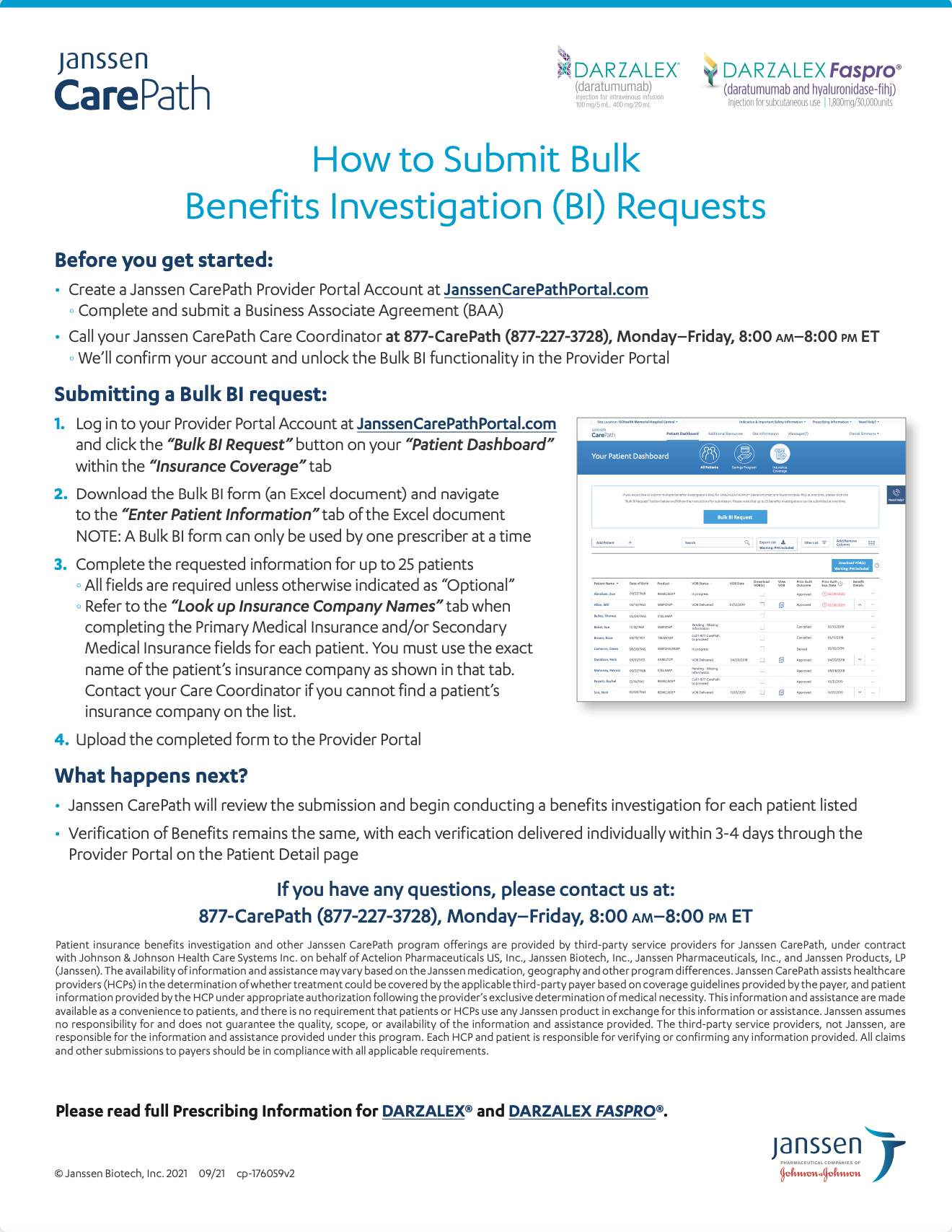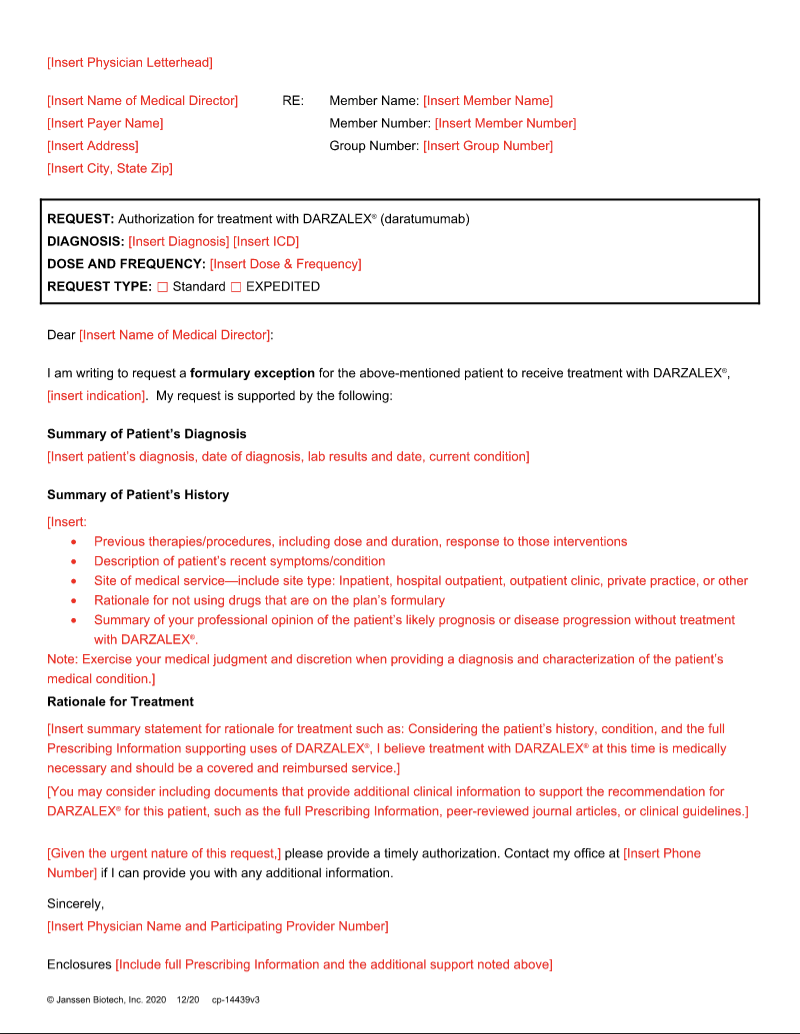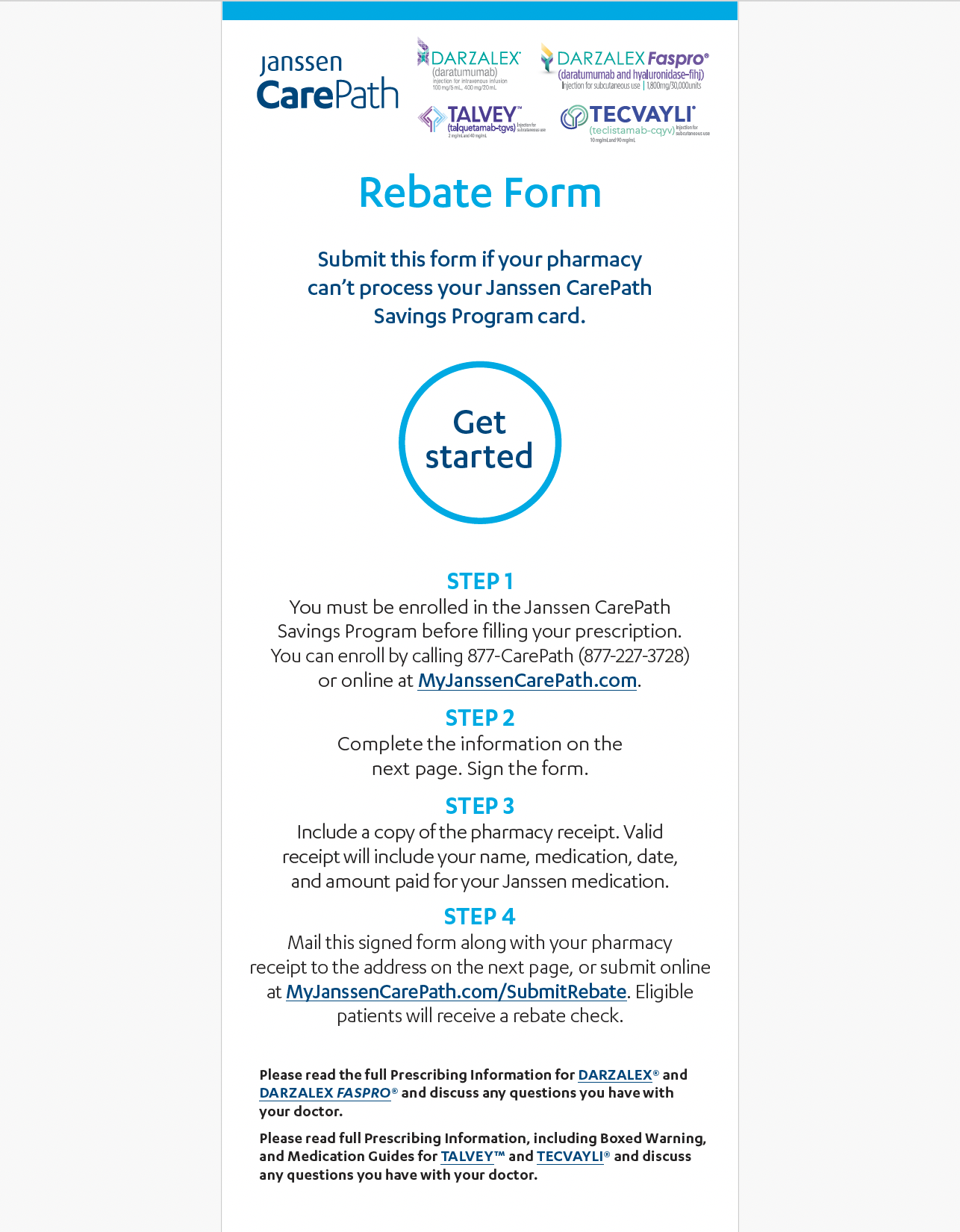Benefits Investigation Support
- Benefits Investigation FormA way to find out if DARZALEX® is covered by the patient's insurance plan, including requirements for coverage or prior authorization, any out-of-pocket costs, and approved pharmacies.
- Bulk Benefits Investigation GuideLearn how to submit requests for multiple patients at once in the Provider Portal.
- Business Associate AgreementComplete a Business Associate Agreement for your practice only once. No individual patient authorizations are required.
- Exception Considerations ChecklistA guide to submitting a formulary exception request.
Exception Considerations Checklist (en español) - Janssen CarePath Resource GuideA comprehensive summary of support tools for your office to help patients start and stay on treatment.
- Letter of ExceptionA template that you can fill out and submit to a patient’s health insurance provider asking them to cover a medication that is not on formulary.
- Letter of Medical NecessityA template that you can fill out and submit to a patient’s health insurance provider. You may use it to explain why DARZALEX® is medically necessary for your patient.
- Patient Account Overview
- Patient Affordability OptionsDiscover options that can make DARZALEX® more affordable for your patients.
- Patient Authorization FormIndividual patient form for offices without a Business Associate Agreement.
Patient Authorization Form (en español) - Patient Authorization Form (en español)Individual patient form for offices without a Business Associate Agreement.
- Prior Authorization Considerations ChecklistA checklist to guide you through the prior authorization process.
Prior Authorization Considerations Checklist (en español) - Reimbursement & Access GuideA comprehensive summary of important medication information including uses, Important Safety Information, access, and reimbursement.
- Savings Program (Overview)Eligible patients using commercial or private insurance can save on out-of-pocket costs for DARZALEX®.
- Savings Program Assignment of Benefits FormA form the patient can submit that allows Janssen CarePath Savings Program to reimburse the provider directly.
- Savings Program Rebate FormA form the patient can submit if the pharmacy is not able to process the Janssen CarePath Savings Program card.
- Savings Program – Submitting Medical ClaimsA guide on submitting medical benefit rebate claims for DARZALEX®.
- Verification of Benefits Guide (Medical)A guide to understanding the Verification of Benefits for your patient’s medical benefits.
- Verification of Benefits Guide (Pharmacy)A guide to understanding the Verification of Benefits for your patient’s pharmacy benefits.

Benefits Investigation Support
Register Today for the Janssen CarePath Provider Portal for 24-hour Online Access to Support Your Patients
With a Provider Portal account, you can:
- Upload signed Patient Authorization Forms
- Get Benefits Investigation (BI) and Prior Authorization (PA) support when you need it
- See the status of BIs
- Complete and submit PAs with or without doing a BI
- Create medical necessity and exception letters
- Request exceptions and appeals information
- Enroll your eligible patients in the Janssen CarePath Savings Program
- Manage your patients’ Savings Program benefits
- See Patient Dashboard at a glance
- Get timely notifications
Complete Benefits Investigations and Request Prior Authorizations Right in the Provider Portal
Or You Can Download Faxable Forms Below
Patient Authorization Form (en español)



